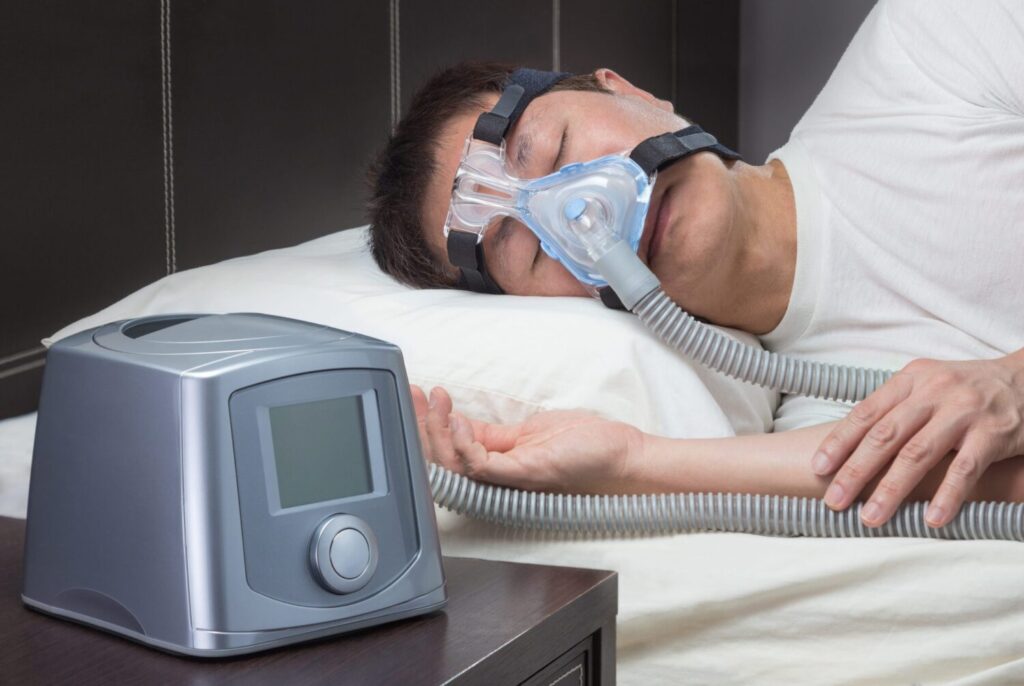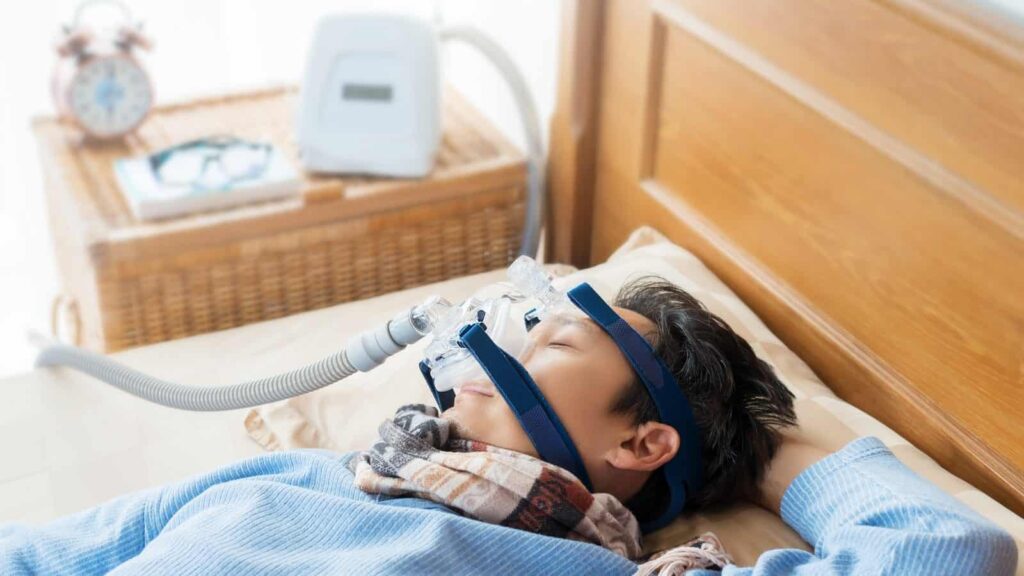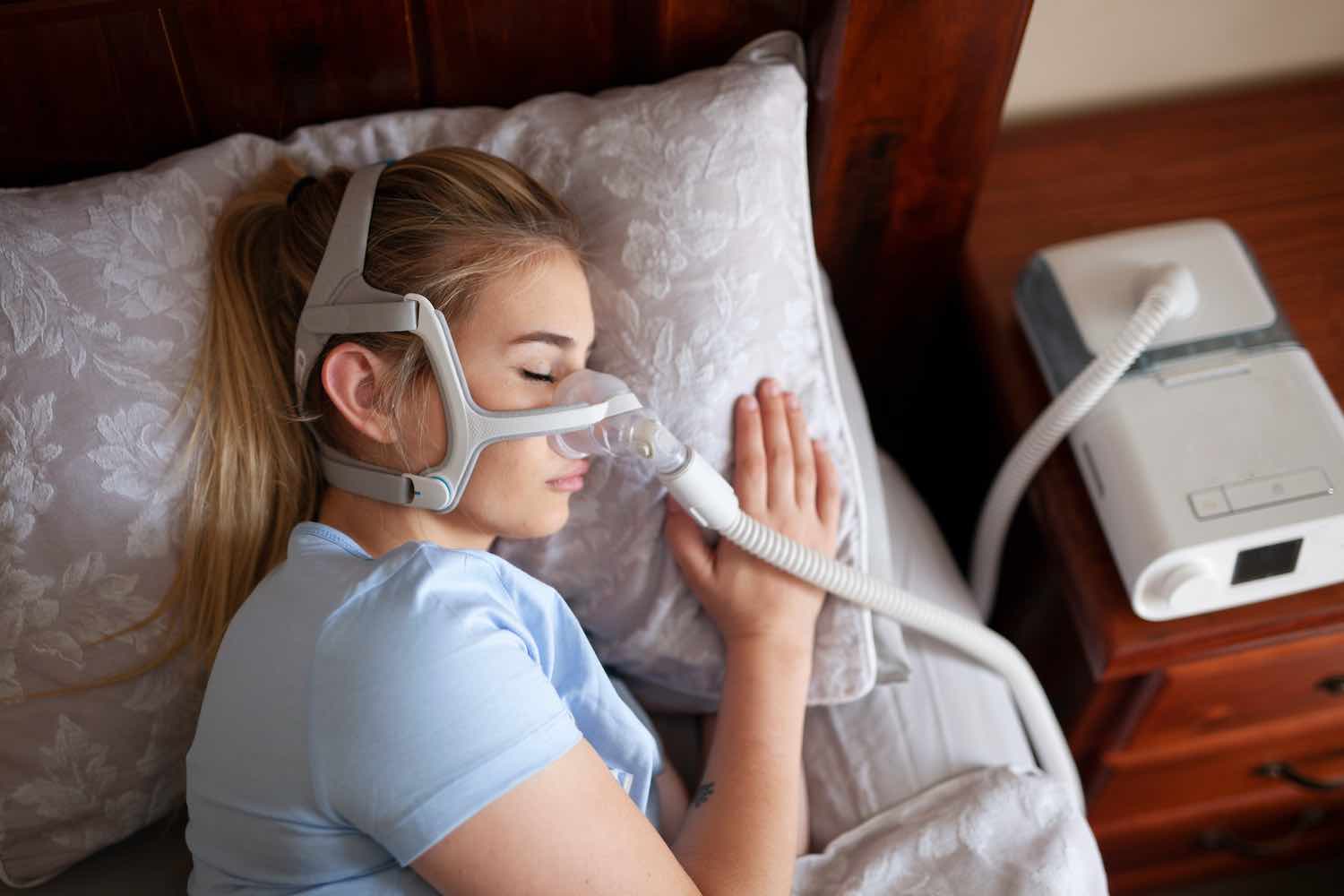People who suffer from obstructive sleep apnea have trouble breathing while they sleep due to one partial or complete blockage of their upper airway. The continuous positive airway pressure (CPAP) machine may help you get a better night’s rest if you’re one of the 2–9% of adults who suffer from obstructive sleep apnea.
You sleep with a CPAP machine by your side. The device connects to a mask worn over the nose, mouth, or both, and continuously supplies pressurized air to maintain an open airway during sleep. If your doctor has prescribed CPAP therapy, it is imperative that you use the device nightly.
The cost of CPAP therapy can add up quickly. Without additional accessories like filters and masks, the total cost of a CPAP machine can easily exceed a thousand dollars. It’s natural to ask if your health insurance will cover any of the expenses associated with commencing CPAP therapy.
Some of the most typical insurance plans for CPAP machines will be discussed. Check with your insurance company regularly to ensure you have the most up-to-date information as these policies may be subject to change.

Is CPAP Machine Covered by Health Insurance?
The cost of CPAP devices and accessories is typically covered in part by medical insurance. In many cases, the machines themselves will be insured, but you may be responsible for additional parts like tubing. In some cases, replacement parts are covered, but only up to a certain annual maximum. There are a lot of insurance companies that make you achieve your yearly deductible before they’ll pay for your CPAP machine.
Whether or not your apnea-hypopnea index (AHI) qualifies you for CPAP therapy coverage is normally determined by your insurance company. The number of times in an hour that you have a short or long pause in breathing is known as your AHI. A sleep study, either in a sleep lab or with home testing equipment, is required to calculate your AHI.
Insurance Coverage and CPAP Machines
When it comes to your CPAP machine, your insurance coverage and its associated terms will vary depending on who you choose. While some services will pay for the machine entirely, others may offer rental periods during which you can earn ownership of the device at a discounted rate.
Costs to buy a machine outright might vary from $250 to $1,000 or more, depending on location and specifications. Expensive by comparison to traditional respirators, BiPAP machines include separate settings for exhalation and inhalation of air pressure.
The cost of the CPAP machine is normally divided by the number of rental months to arrive at the monthly rate. In most cases, your insurance company will share this expense with you; how much you each contribute will vary from plan to plan. Keep in mind that if your rental period is going to be more than a year, you may be responsible for a second deductible.
Your insurance provider may stop paying for the machine’s rental if they judge you are not using it regularly enough to warrant the coverage provided by your policy. It’s up to you to decide whether you want to keep up with the CPAP therapy and pay the entire monthly rental fee, buy the machine completely, or abandon it altogether.
Keep in mind that certain insurance companies may require you to re-qualify for coverage if you decide to discontinue CPAP treatment and then later decide you’d want to resume it. Getting a new diagnosis of sleep apnea and a new prescription for a CPAP machine requires undergoing yet another sleep exam. There is also the cost of sleep studies and medical visits, which may or may not be covered by your insurance.
In addition, each service provider has its own set of rules for making repairs. 51% of state Medicaid programs follow these recommendations, whereas 39% make exceptions for less regular CPAP equipment maintenance. Only 10% of all replacements can be done more frequently.

Insuring CPAP Equipment and Supplies
You may find that as you get used to CPAP therapy, you want various add-ons for improved slumber and portability. You can customize your CPAP experience with a variety of add-ons. Examples of this are:
- Pillows for use with a continuous positive airway pressure (CPAP) machine, designed to allow for movement when sleeping due to the placement of the machine and tubing.
- Products designed to clean CPAP machines and keep them in working order for longer.
- Liner masks that absorb perspiration and form a more secure fit are a great investment.
- Having a place to store the hose on the CPAP machine makes it more comfortable to use and less clinical looking.
- Batteries for continuous positive airway pressure machines, which are helpful when traveling and away from a power source.
- There are CPAP travel bags available for use with your CPAP machine.
Products that are only desirable but not necessary are not often covered by insurance. The prices of such items may fluctuate depending on their quality. Warranties of one to three years are common on more expensive items.
Will Medicare Cover the Cost of a CPAP Machine?
As long as you meet the requirements, Medicare will cover 80% of the cost of your CPAP device. Before you can get a CPAP machine from your doctor, you need to get a diagnosis of obstructive sleep apnea via an approved laboratory sleep study or an at-home sleep study.
The first 12 weeks of continuous positive airway pressure treatment for obstructive sleep apnea are covered by Medicare. However, the coverage is validated only if your hourly AHI is between 5 and 14, and you also suffer from hypertension, a history of stroke or heart disease, drowsiness throughout the day, insomnia, mood disorders, or cognitive impairment, it’s likely that you have obstructive sleep apnea.

In addition, you need to utilize the device for at least 4 hours each night, and at least 70% of the time, over the first 3 months to be in compliance with Medicare’s guidelines. It’s back to square one if you don’t meet these conditions. To do so, you’ll need to get a new prescription from your doctor and conduct another sleep study, either in a clinic or at home.
If your symptoms of sleep apnea improve throughout the 12-week trial period, Medicare will continue to pay for your CPAP machine. You are responsible for 20% of the cost of the machine rental in addition to the cost of equipment like the CPAP mask and tubing if you have Original Medicare coverage. Medicare will cover the cost of renting the equipment for 13 months after the deductible for Medicare Part B has been met. After the initial 13 months, the machine is yours to keep.
Purchasing A CPAP Machine Without Insurance Coverage
The expense of a continuous positive airway pressure (CPAP) machine can be greatly reduced with the aid of medical insurance. If your insurance plan has a large deductible, however, you may decide to pay for the CPAP machine out of pocket. It’s possible to identify CPAP manufacturers who sell directly to suppliers, potentially saving you money above what your insurance company offers.
The decision should be based on whether or not the upfront and ongoing costs of CPAP equipment will be more than your insurance deductible. Consider the continuous expenses of tubes, filters, and other replacements while making your budget.
It’s important to remember that a CPAP prescription is needed to purchase the machine and accessories from any medical equipment seller, regardless of whether you plan to utilize insurance to cover the cost. This means that a sleep study is still required before your doctor can make a diagnosis. Once you have your prescription in hand, you can decide whether to pay cash for your CPAP machine or submit a claim to your insurance company.
If you do not have CPAP coverage via your insurance company but still want to use the device, you can purchase it outright instead of going through a rental period. You’ll also be exempt from the obligations of insurance companies concerning treatment compliance. This prevents you from having to start the sleep study and prescription process from scratch if you decide to return your machine.
A further advantage of dealing with a medical equipment supplier such Air Liquide Healthcare Australia is that you get more options in terms of products. You can only make purchases from companies that accept payments from your insurance company. In addition to reducing the range of your coverage selections, this could prevent you from purchasing the precise item you’d like. Directly purchasing your CPAP equipment allows you to shop around for the best price and features.
More to read: The Impact of Medical Cannabis to the communities
